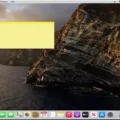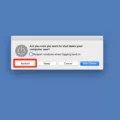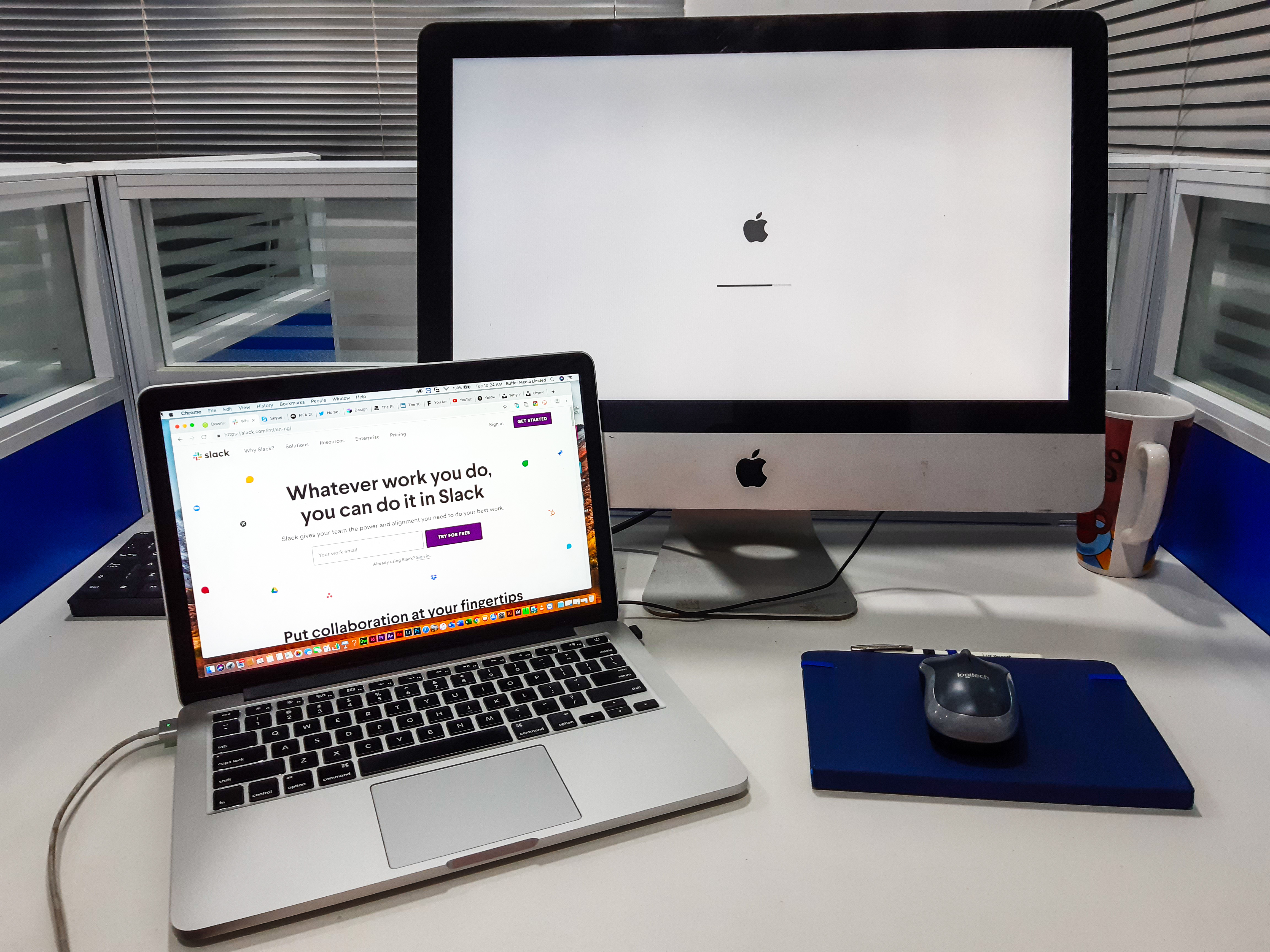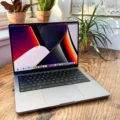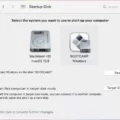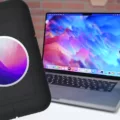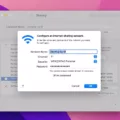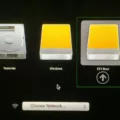Are you looking for a way to disable the Touch Bar on your Mac? If so, you’ve come to the right place – in this blog post, we’ll show you how to kill the Touch Bar and restore traditional function keys or media controls.
The Touch Bar is a row of LCD buttons located above the keyboard of certain Mac laptops. It can be used to access app-specific shortcuts, as well as controls for media playback and system functions. Unfortunately, there’s no “kill switch” available to completely disable it.
Fortunately, there is a way to restore traditional function keys or general media controls instead of app-specific shortcuts. To do this, open System Preferences from your Apple menu or Dock. Then click on Keyboard and then select the Keyboard tab at the top of the window. Here you can choose either F1 through F12 keys (for traditional function keys) or Media Keys (for general media control) from the “Touch Bar shows” dropdown menu.
Once you make your selection and close System Preferences, your Touch Bar will be restored with either traditional function keys or general media controls – whichever one you selected in System Preferences.
If that doesn’t work, there is another way to restart the Touch Bar: open up Finder and search for “terminal” – when it pops up in Finder, double-click it to launch Terminal. In Terminal, type sudo pkill TouchBarServer; and press Enter – you may need to enter your administrator password here if prompted. Then type sudo killall “ControlStrip”; and press Enter again. This should restart your Touch Bar with either traditional function keys or general media controls depending on what was selected in System Preferences earlier.
Hopefully, these instructions have helped you kill your Touch Bar if it wasn’t functioning properly before! If you have any questions about how to disable the Touch Bar on a Mac laptop, feel free to reach out for help in our comment section below – we’re always happy to help!
Turning Off the Touch Bar on a Mac
To turn off the Touch Bar on your Mac, you’ll need to go to System Preferences. From there, select the Keyboard option and then choose the “Touch Bar shows” drop-down menu. Here, you can select either “Expanded Control Strip” or “F1, F2, etc. Keys” which will replace the app shortcuts with either traditional function keys or general media controls. Once selected, the Touch Bar is disabled and replaced with your chosen option.
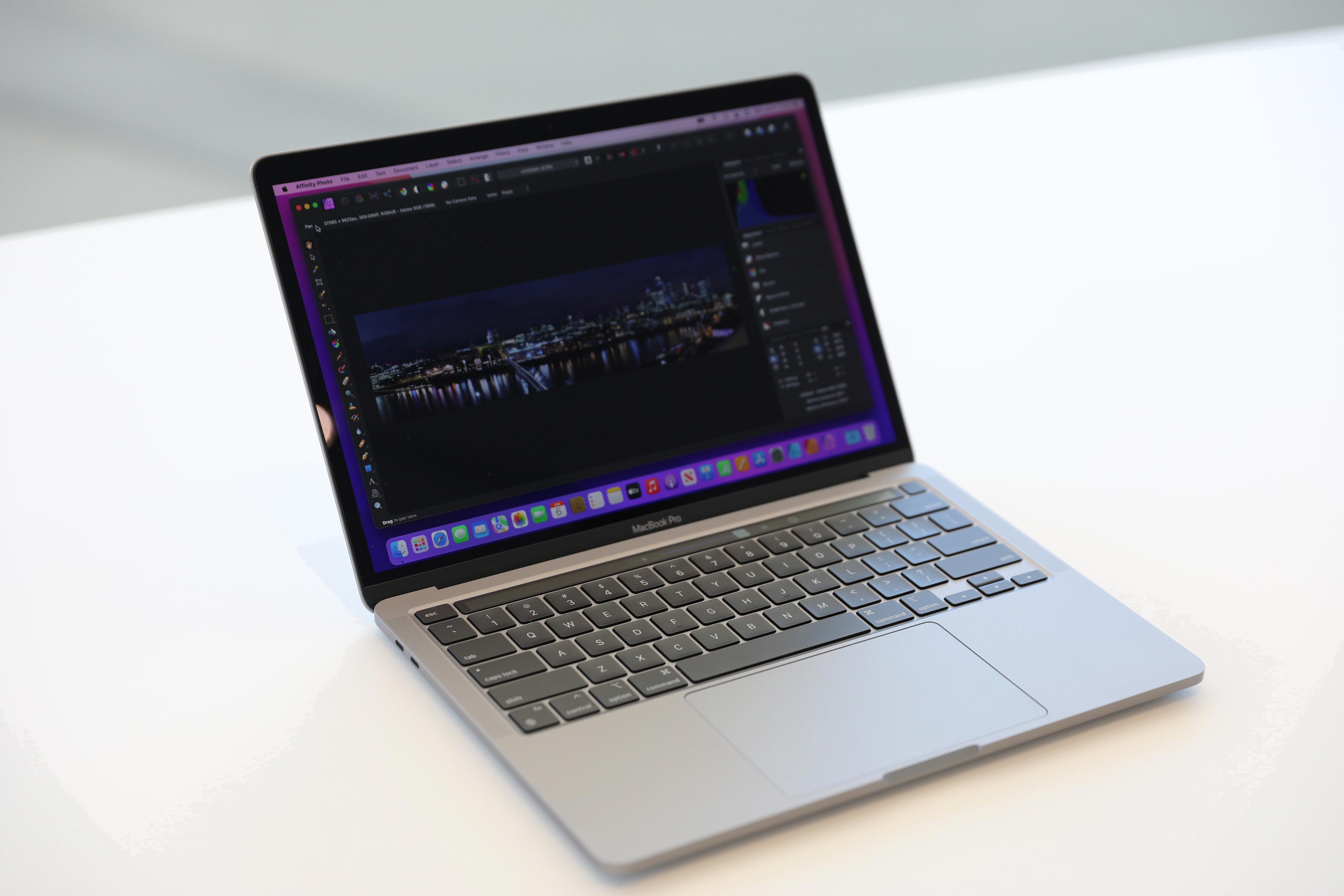
Source: techcrunch.com
The Location of the F4 Key on a Mac Touch Bar
The F4 key is located on the Mac touch bar if you press and hold down the Fn (Function) key. It is usually located in the top right corner of the touch bar and can be used to activate specific functions depending on what program you are using.
Turning Off the Touch Bar on a Frozen MacBook Pro
If your MacBook Pro’s Touch Bar has become frozen, you can try restarting the Touch Bar to resolve the issue. To do this, open the Finder and search for “Terminal.” Double-click Terminal when you find it in the Finder. In the Terminal window, type sudo pkill TouchBarServer; and press Enter. You will be asked to enter your administrator password. After typing that in, type sudo killall “ControlStrip”; and press Enter. This will restart the Touch Bar on your MacBook Pro, which should resolve any freezing issues it may have been experiencing.
Turning Off the Touch Bar on New MacBook Pro
To turn off the Touch Bar on your new MacBook Pro, press and hold the “fn” key and then quickly press the “F1” key. This will temporarily disable the Touch Bar until you turn it back on by pressing the same keys again. If you want to disable it permanently, you can go to System Preferences > Keyboard > Keyboard Tab and uncheck the box next to “Show Touch Bar”.
Conclusion
In conclusion, the Touch Bar on Mac cannot be completely disabled, but it can be configured to replace per-app shortcuts with either traditional function keys or general media controls. To do so, users need to access System Preferences from the Apple menu or the Dock. Additionally, users can restart the Touch Bar by opening Terminal and typing in two commands: sudo pkill TouchBarServer; and sudo killall “ControlStrip”. All in all, understanding how to configure and restart the Touch Bar is a useful skill for Mac users to have.

